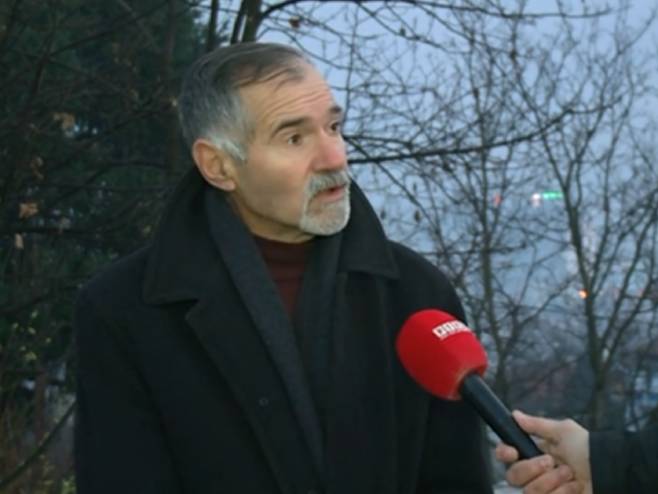Jasenovac and Donja Gradina were the largest execution sites of the Serb people during the Second World War, said historian Predrag Lozo during the Morning Program.
He emphasized that the dehumanization policy of the Independent State of Croatia (NDH) led to a genocidal campaign against Serbs, where brutality in committing atrocities was not only permitted but encouraged. The system of camps, with Jasenovac as the largest, was a method for the systematic extermination of Serbs across the territory controlled by the Ustaše regime.
— Women and children were murdered in the Jasenovac camp complex, which clearly reveals the intent of total annihilation of Serbs in the NDH. It’s important to stress that many of our ancestors were killed on their doorsteps, which speaks to the massiveness and widespread nature of the crimes — Lozo said.
He added that this fact confirms the systematic nature of the genocide.
— There was a pervasive atmosphere that encouraged crimes against Serbs, Jews, and Roma. It is painful to acknowledge that a large number of our neighbors — Croats and Muslims — participated in these crimes — Lozo pointed out.
He stated that, according to NDH documents, Jasenovac was described as having “unlimited capacity,” which supports the conclusion that the camp was established solely for the purpose of the systematic murder and extermination of Serbs.
— Prisoners brought from nearby villages or transported by train were killed under the most horrific circumstances — Lozo said.
He underlined that history can never be fully written.
— No matter how hard we try, we will never be able to fully document the experiences of our people. But we have certain knowledge, and it’s our duty to pass it on to future generations — he stated.
He emphasized that a culture of remembrance is crucial for drawing the right lessons.
— Experts, historians, and the Serbian Orthodox Church must collect, articulate, and rationalize these memories in one place. After that, the lessons must be passed on to the generations to come — said Lozo.
As a reminder, the Government of Republika Srpska has declared April 27 a Day of Mourning in memory of the victims of the Ustaše genocide against Serbs, Jews, and Roma in the Independent State of Croatia from 1941 to 1945. On that day, a memorial service will be held at the Donja Gradina Memorial Site near Kozarska Dubica in honor of the victims of the Ustaše crimes at the Jasenovac concentration camp.
On April 22, 1945, 1,073 inmates attempted to break out of the notorious Jasenovac concentration camp. Only 169 survived the final days of the camp’s existence.
According to the Donja Gradina Memorial Site, around 700,000 victims were murdered in Jasenovac during World War II — including 500,000 Serbs, 40,000 Roma, 33,000 Jews, and 127,000 anti-fascists. Among them were 20,000 children.
The NDH system of death camps included around 80 camps, with Donja Gradina serving as the largest execution site within the Jasenovac camp complex.
Source: RTRS









